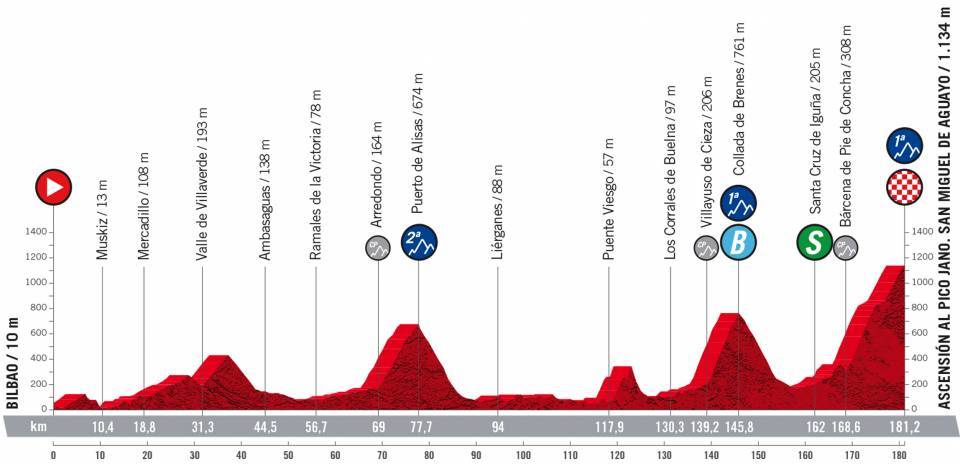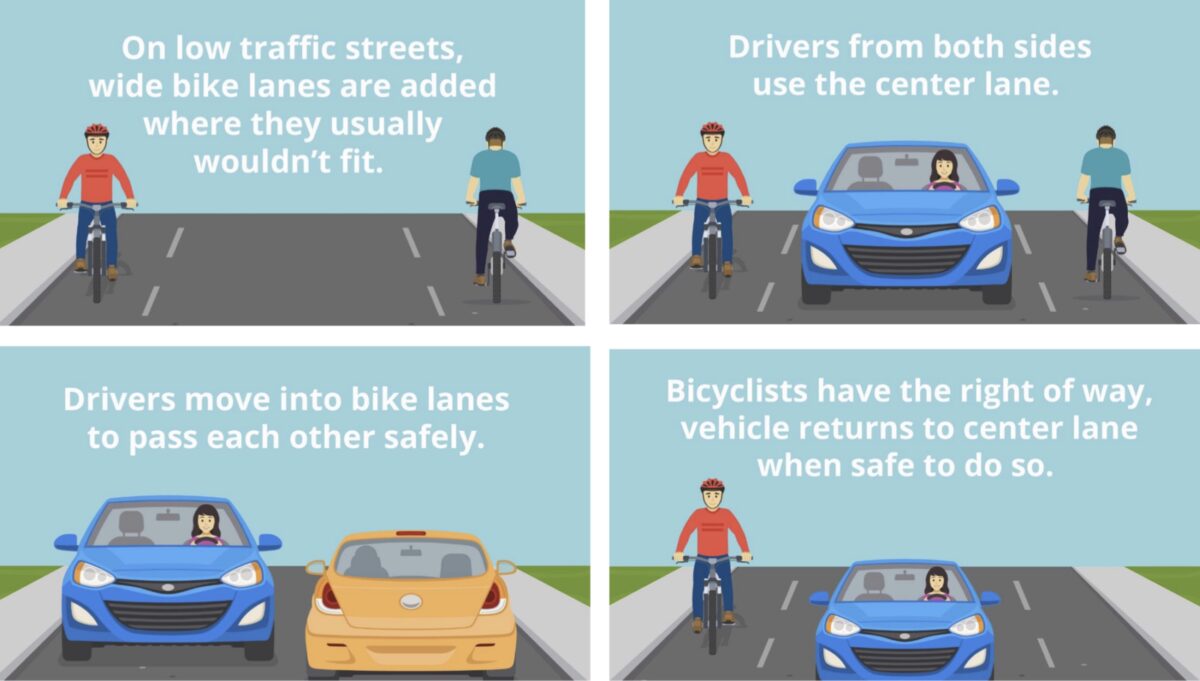
It’s becoming popular for cyclists (and triathletes) to put a big focus on “balance training” as a part of their strength training. Do you really need the wobble, or is it just throwing your training off-balance?
Bosu balls, stability balls, “pita pads”, wobble boards, indo boards, and airex blocks have managed to work their way into strength training programs. But with your time already very limited for your strength training, it seems very few are asking the most important question:
Does this help me and is this the best use of my time?
For the vast majority of cyclists, the answer is no, using an unstable surface is not helping you.
Here’s how to work in “balance” training into your strength program in ways that are serving you, and making you stronger, not just taking up time and space in your strength program. None of the following require any unstable surfaces or tools, but when executed properly, offer huge returns on investment.
Hip Airplane
Hip Airplane
This exercise is incredibly challenging, as it requires you to access the glute medius/minimus complex, alongside your adductors (inner thigh muscles), while maintaining a full 360 degree abdominal brace, and stiffness through the back leg.
Learning to move through the hip, and about the hip joint with strength and stability, helps to decrease the risk of developing low back pain (note that there is NOT a direct correlation between tight hamstrings and low back pain, but IS a direct correlation between strength & stability through hip range of motion!). This exercise will also help you learn how to keep better posture and positions throughout the movement, which carries over to how the bike moves under you, and you move around on the bike.
90-90 Single Leg Deadlifts
90-90 single leg deadlifts
Back in 2020 I used this for my 60 day Movement Mastery Program, helping endurance athletes stuck at home with no equipment in lockdowns, to get and stay strong and fast. And boy, was I surprised by the feedback on these! Balance, coordination, and the ability to connect your mind to your entire body are all stressed, making this exercise one of the most challenging- especially for cyclists over 50!
Give the 90-90 single leg deadlifts a shot, but be sure to film yourself from the side for 1-2 repetitions each side, and then compare how your technique stacks up against the video with great technique. You’ll be surprised!
Eyes Closed Romanian Deadlift
Eyes Closed Romanian Deadlift
Our ability to balance is greatly affected by visual input, as it’s one of the major sources of how our body figures out where it is in space. Take that away, and any stable surface becomes much harder!
As our sports of cycling require us to respond to relatively quickly changing conditions on the road or trail, learning to connect at a deeper level with FEELING our body in space, offers really big returns. Instead of heading for an unstable surface, try closing your eyes and keeping great technique and balance.
Careful! Be sure that you’re next to a stable wall that you can use to steady yourself, and not near anything that can cause you to hurt yourself if you wobble or lose balance.
Modified Front Plank Hand to Shoulder
Modified Front plank hand to shoulder
Balance is greatly affected by our ability to lock our torso and hips together, yet many don’t think to practice this absolutely integral skill for power-production.
While this exercise may look easy, it is far from it! The idea of the exercise is to maintain a straight line between the ears, shoulders, hips and knees, and not allow for any shifting of your weight from side to side, while you bring the hand up to the opposite shoulder.
Conclusion
Balance training on unstable surface can, of course, be a part of your program if you enjoy it. However, for most cyclists looking to improve performances on the bike, learning how to move well, and control our own bodies on a stable surface, offers us far further reaching returns, and movement towards mastery of our own bodies.












